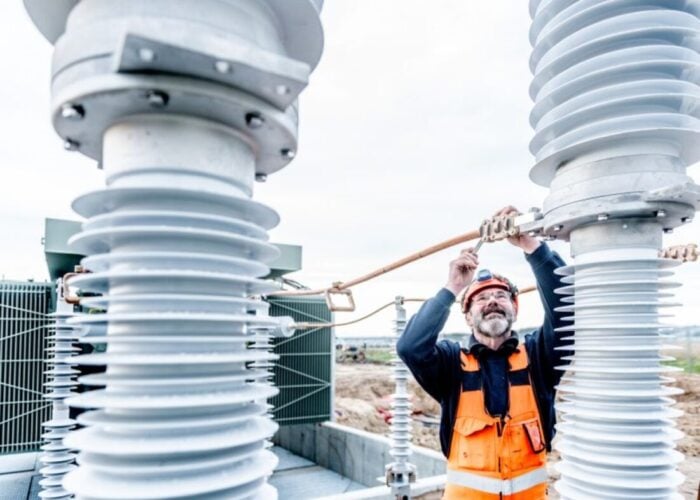Strong growth in solar and wind will make renewable energy generation the world’s leading source of power by 2035, according to the International Energy Agency (IEA).
The France-based agency’s annual World Energy Outlook published today predicts renewable energy capacity will triple by 2040, collectively overtaking gas as the second largest source of power in the next two years and coal as the biggest in just over two decades.
Unlock unlimited access for 12 whole months of distinctive global analysis
Photovoltaics International is now included.
- Regular insight and analysis of the industry’s biggest developments
- In-depth interviews with the industry’s leading figures
- Unlimited digital access to the PV Tech Power journal catalogue
- Unlimited digital access to the Photovoltaics International journal catalogue
- Access to more than 1,000 technical papers
- Discounts on Solar Media’s portfolio of events, in-person and virtual
Under this so-called ‘new policies’ scenario, based on current trends and the implementation of previously announced policies, renewables would have a 33% share in the energy generation mix, the IEA said.
Within this, the IEA said wind would be the largest single renewable energy technology by 2040, reaching 1,320GW, followed by solar PV, which is predicted to grow by 7.4% annually to reach 930GW of cumulative capacity by 2040.
But the IEA said this scenario would not be sufficient to avoid warming rising above 2 degrees Celsius by 2040, the globally agreed upper limit beyond which dangerous climate change is thought to be likely.
On present trajectories, IEA chief economist Fatih Birol said the world would use up its carbon budget by 2040. This is the limit on the cumulative amount of greenhouse gas emissions that can enter the atmosphere before runaway climate change is likely to occur.
“That means to stay in the 2 degrees world, as of 2041, emissions are going to need to completely drop to zero, which is of course completely out the question,” Birol said. “So if you don’t change the trends in the energy investments, we are soon going to use all the budget and then we have a different world.”
Under the IEA’s so-called 450 scenario, which charts a path towards a world energy system that would keep temperatures within the safe limit, renewable energy capacity would need to rise to a much more ambitious 51% of total generation.
Even under the new policies scenario, renewables would need cumulative investment of US$7.8 trillion to meet demand, requiring subsidies to increase from US$121 billion in 2013 to US$230 billion by 2030. After this they would drop back to US$205 billion by 2040 as support commitments come to an end, the IEA said.
Birol said investment in low carbon energy would need to increase four-fold on current levels to fulfil the 450 scenario.
But Birol pointed out that renewables still receive substantially less subsidy than fossil fuels. Last year the IEA estimated fossil fuels receved subsidies totalling US$550 billion.
“These give incentives to coal, oil and gas consumption which means I am paying you to pollute the world, I am paying you to use energy in an inefficient way. These subsidies are about four times the subsidies given to renewable energies,” said Birol.
He added that the rapid expansion of PV and wind in the energy generation mix, although “good news” from a climate change perspective, also raised questions over electricity system reliability, particularly in Europe.
“How we are going to manage the system in Europe with such a growth in renewables, most of them being an intermittent resource, is a big question, and I think in Europe there is a strong need for investment coming into thermal capacity for which appetite is almost zero today in order to have a reliable system,” he said.







